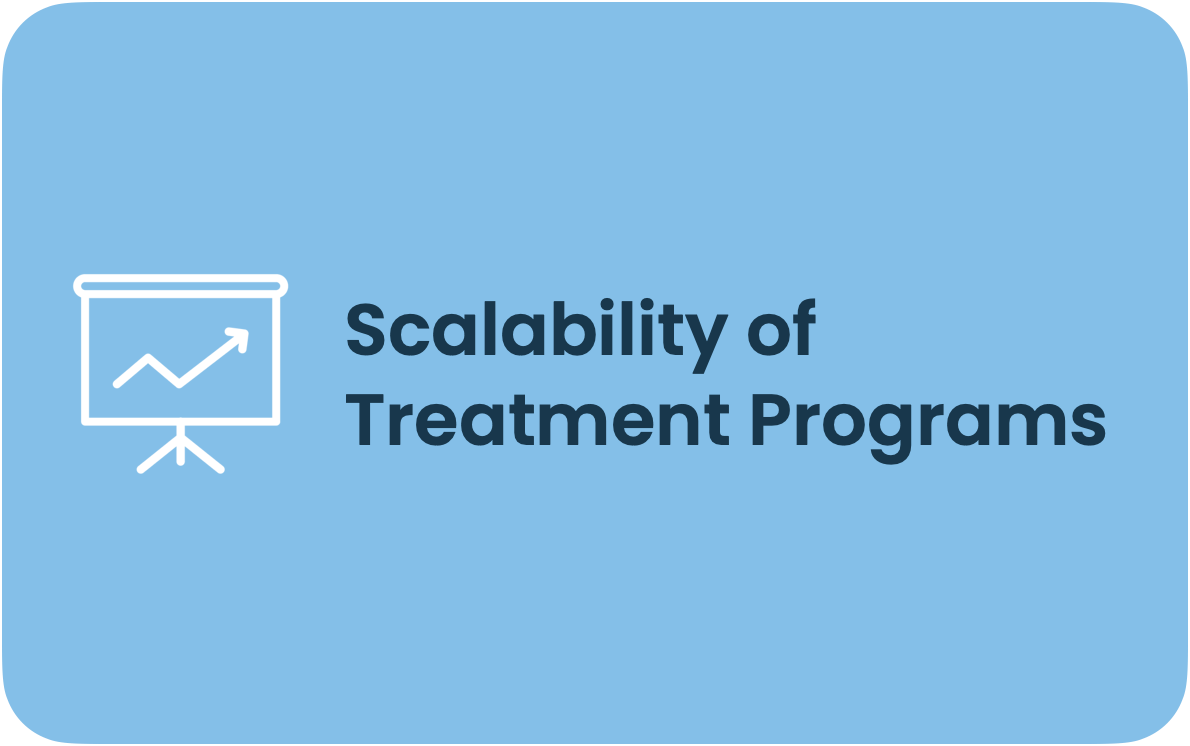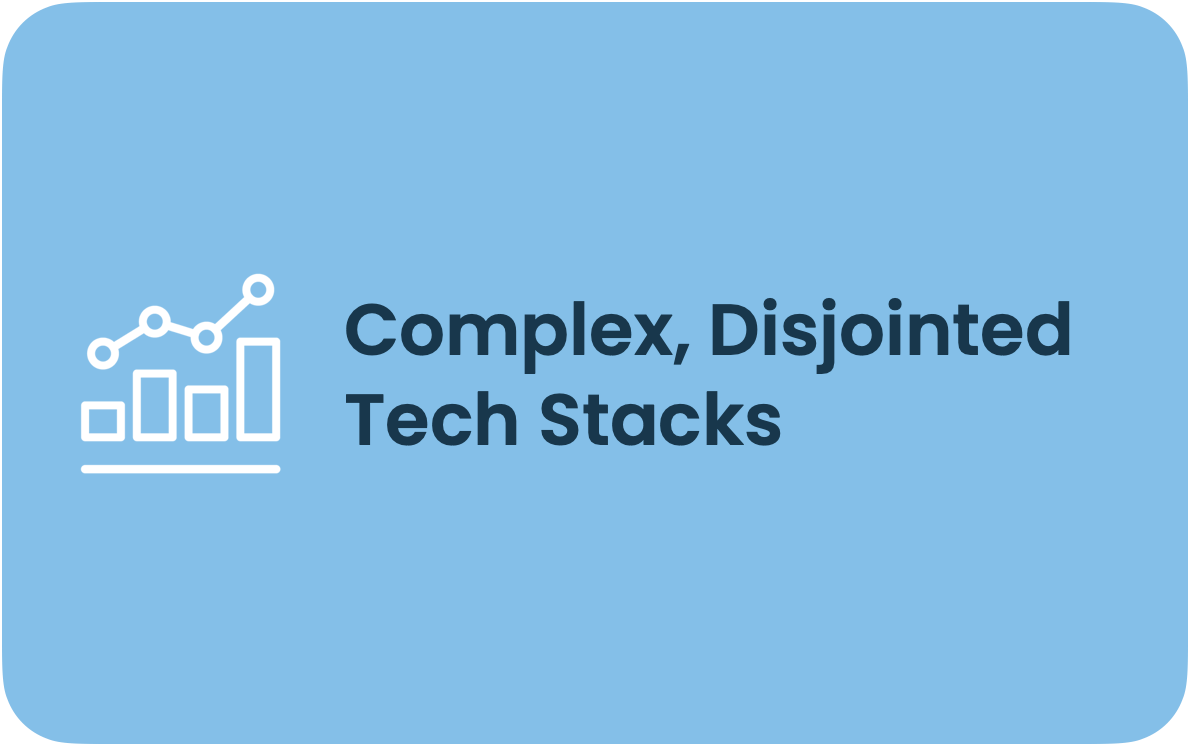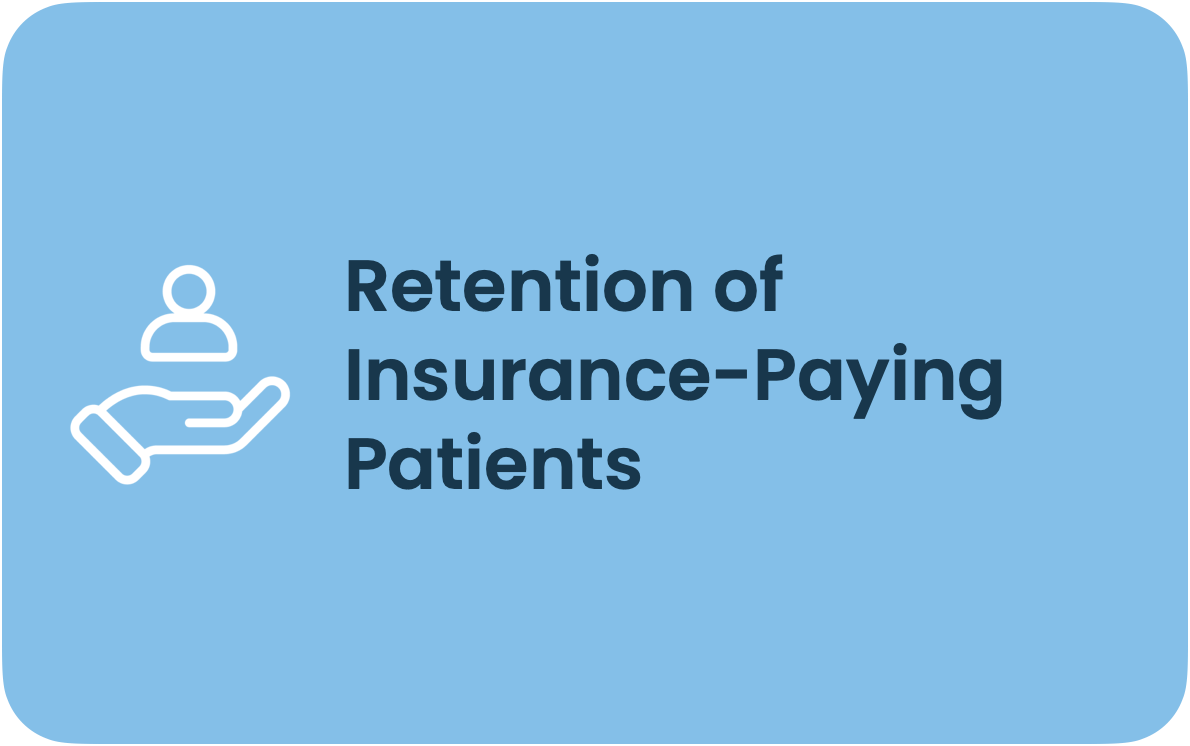
Overcoming Key Challenges in AUD/SUD Treatment with Mend’s Patient Engagement Solutions
Executives in the Alcohol Use Disorder (AUD) and Substance Use Disorder (SUD) treatment space face a unique set of challenges that directly impact patient outcomes, staff efficiency, and revenue. From high no-show rates and patient engagement struggles to the complexities of scaling treatment programs and managing disjointed technology systems, these obstacles can hinder an organization’s ability to deliver effective care. Fortunately, Mend’s comprehensive patient engagement platform offers solutions designed to tackle these pain points head-on, providing the tools needed to enhance patient attendance, improve operational efficiency, and capture lost revenue. In this article, we’ll explore the common issues faced by AUD/SUD executives and how Mend’s innovative features can solve them.








